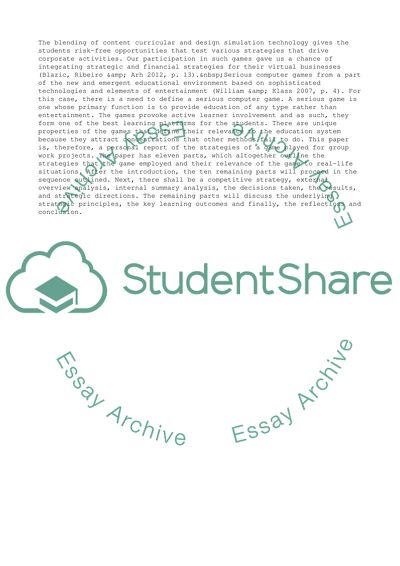Cite this document
(“Business strategy - business game Essay Example | Topics and Well Written Essays - 3000 words”, n.d.)
Retrieved from https://studentshare.org/business/1684070-business-strategy-business-game
Retrieved from https://studentshare.org/business/1684070-business-strategy-business-game
(Business Strategy - Business Game Essay Example | Topics and Well Written Essays - 3000 Words)
https://studentshare.org/business/1684070-business-strategy-business-game.
https://studentshare.org/business/1684070-business-strategy-business-game.
“Business Strategy - Business Game Essay Example | Topics and Well Written Essays - 3000 Words”, n.d. https://studentshare.org/business/1684070-business-strategy-business-game.


